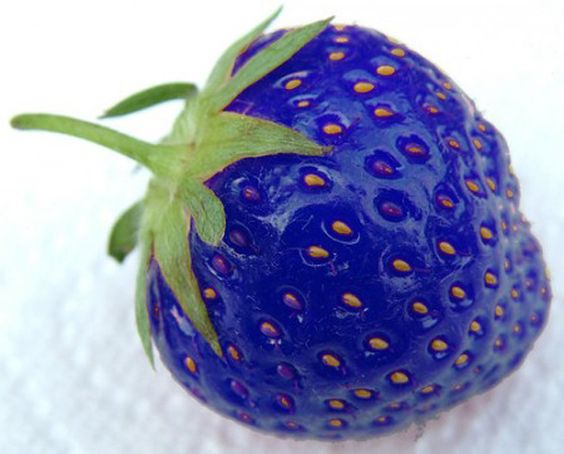How exactly does a wine maker create a wine that is blue vs black vs red fruit flavor profiles from the same cabernet sauvignon grapes? I feel like the blue flavors are not my thing so I am trying to figure out how to know when to buy a wine when so many different wine makers make so varied a flavor profile. Is this just the winemaker, the soil, the climactic conditions year to year, french oak vs american oak? What factors go into a blue vs red vs black?
A lot, vintage and yeasts can play a part too, but I’m assuming you’re wanting fruit picked earlier that has more lift and freshness coming from healthy acidity which will drop as the fruit hangs on the vines.
Most of the cabs raved about on this board will have a redder profile since traditionalists seem to outnumber fruit lovers here.
Only way to really know is to search through tasting notes and try a lot yourself and see who makes wines you like. There aren’t any shortcuts beyond that.
Is this a joke?
Its not April 1st. I am trying to figure out if there are ways to tell if a certain wine will be expected to be black, red or blue fruit without actually opening up the bottle. Basically i am trying to avoid overly blue fruits.

(Unintentional color, as scientists used Arctic Flounder Fish genes, for better freezing quality of the whole berries !)
-Søren.
I doubt you’ll get a satisfactory answer on this. Those flavor terms are very subjective and kind of fuzzy. What is “blue” or “red” to you may be very different than what someone else perceives.
I would think it is more vineyard/clonal based than winemaking based. In my experience:
4 - Red
7 - Black
337 - Blue/Purple
No way to know in advance without perhaps following tasting notes from those who you seem to align with that have had those specific wines in question before.
This and ripeness. I actually think ripeness level is the biggest factor (definitely for red vs. black, maybe not as much for black vs. blue). Winemaking has VERY little to do with it.
Ok. So vineyards and clones. If I am trying to avoid blue vineyards, are there areas in napa to avoid? Such as north or south of X city or east of xxx rd? The clone part is easy if indeed I avoid 337 if this is accurate.
It’s not that simple. Sure a clone can provide a certain flavor profile but the soil where it is grown is going to add additional aspects to that. 337 on Howell Mountain will show differently than 337 in Oakville or Rutherford. Then there is ripeness. Not all wines are created equal.
Name a few vineyards where you consistently enjoy the wine regardless of producer.
Again, all we can do is talk generalities here. There is no way to know for certain what a clone will bring to a finished wine just based on the clone. First and foremost, site trumps clone. Secondly, winemaker ‘decisions and interventions’ can often times trump clones as well.
I wish it was as simple as a formula, but it really truly is not.
Why did you diss green? Love that color in a Cab.
Robert,
I agree as well. But to me, that’s more of an old world descriptor that seems to have been nearly wiped out in domestic cabs and cab francs. Bummer.
Sorta my point! Love love love the old Togni bell pepper and Heitz mint/eucalyptus. Joe did not limit himself to domestic cab, but that does appear to be more his thing, which of course is fine by me.
![]()
Sorry, but yes Napa cabs.
Green? Not my favie flav.